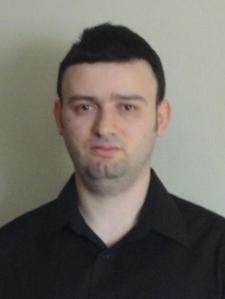
Jeffrey J. answered • 05/25/22
Mathematics Enthusiast. Data Scientist. Tutor.
Hi Isaac,
First, recall the distinction between ∈ and ⊆.
A ∈ B indicates that A is an element of B, i.e. A appears at least once in the set of objects B.
On the other hand, A ⊆ B indicates that A is a subset of B, i.e. all objects within A are contained within the set B. So, for your examples...
a) Our A in this case is {0,1}, and B is the set {0, {0}, {1}, 1}. A does not appear anywhere in this set, so this statement is false. If B instead was {0, {0}, {1}, 1, {0,1}}, then it would be true.
b) Now, we are asked if the set {a,b,c} is a strict subset of the set B={a, {a, b}, c, {a, c}, {{{a, b, c}}}}. {a,b,c} is clearly contained in B, and there are other elements within B aside from {a,b,c}. Thus the statement is true.
c) This one is a bit more conceptual. We are asked if the empty set ∅ is a subset of {a,b,c}. The answer for this is always true. If we were instead asked if ∅∈{a,b,c}, then this would be false since the empty set is not an element of {a,b,c}.
So, can you use this information from parts a, b, and c to answer d)?




Yusuf E.
I believe you made a mistake in part b. The set B contains a and c, but not b, so A is not a subset of B. The confusion arises when a set contains other sets: although a set within B does contain b, the set B itself does not.05/28/22